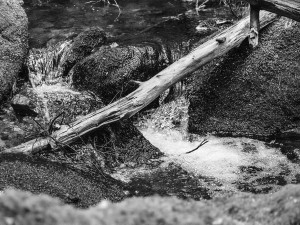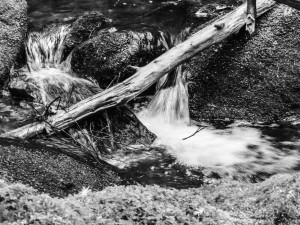Today, I want to talk about time. The duration of an exposure can be very short, very long or anywhere in-between. Cameras can be set for exposures of one thousandth of a second or less, or of many seconds or minutes.
Time, how long the shutter is open, or how long the sensor is recording can be set for a capture that is shorter, which will freeze action, and is handy for sports and fast moving subjects like children and race cars.
I can choose a longer exposure to blur objects as they move across the frame for an impression of speed, or to smooth moving surfaces like river rapids in which the water is a smooth clear or milky flowing substance over rocks.
With very long exposure times, electronic noise can get recorded in my image file as the camera circuitry builds up heat, and, especially if it had been low at the start, the battery could run out of charge.
There may be technical consequences to very short and very long shutter speeds that I want to bear in mind. Higher sensitivity (which I’ll write about in my next post) may be required to capture an image completely when I wish or need to make a very fast exposure.

